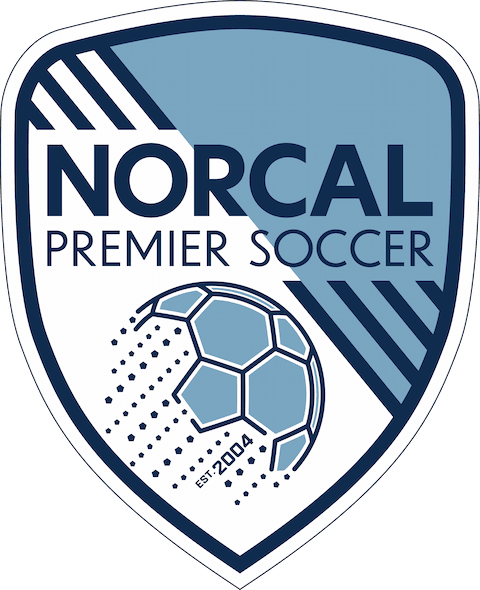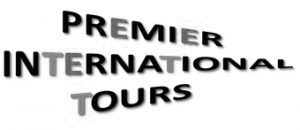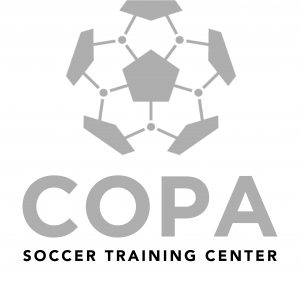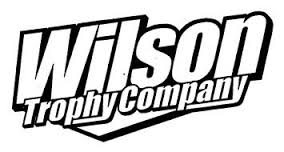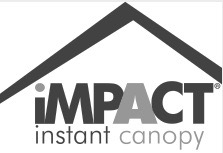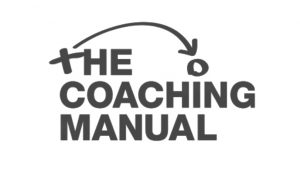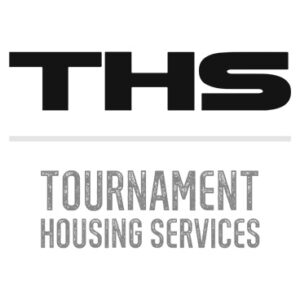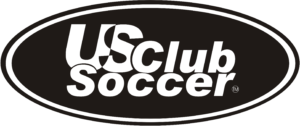Player Health & Safety
In December of 2015, US Soccer released information about their Recognize to Recover Campaign – aimed at promoting safe play and reducing injuries in soccer players of all ages. The first-of-its-kind, the program was developed with the help of medical experts to provide coaches, players, parents, and referees with information, guidance, and additional educational materials to improve the prevention and management of injuries.
In January of 2017, California State Law AB-2007 took effect, outlining several requirements for youth sports organizations with regard to head injuries and concussion, and in January 2020, California State Law AB-379 added provisions to the concussion protocol law aimed at addressing sudden cardiac arrest (SCA) symptoms in youth athletes.
RESPONSIBILITY OF CLUBS
In accordance with Youth Sports Concussion and Sudden Cardiac Arrest Prevention Protocols, as outlined by AB-379, each member club shall implement its own club policy consistent with the following provisions and comply with such provisions:
Athlete Removal/Return to Play –
- An athlete who is suspected of sustaining a concussion or other head injury, or who has passed out or fainted, in an athletic activity shall be immediately removed from the athletic activity for the remainder of the day, and shall not be permitted to return to any athletic activity until the athlete is evaluated by a licensed healthcare provider. The athlete shall not be permitted to return to athletic activity until the athlete receives written clearance to return to athletic activity from a licensed healthcare provider. If the licensed healthcare provider determines that the athlete sustained a concussion or other head injury, the athlete shall also complete a graduated return-to-play protocol of no less than seven days in duration under the supervision of a licensed healthcare provider.
- If the licensed healthcare provider suspects that the athlete has a cardiac condition that puts the athlete at risk for sudden cardiac arrest or other heart-related issues, the athlete shall remain under the care of the licensed healthcare provider to pursue follow-up testing until the athlete is cleared to play.
- If an athlete who is 17 years of age or younger has been removed from athletic activity due to a suspected concussion or due to fainting or another suspected cardiac condition, the youth sports organization shall notify a parent or guardian of that athlete of the time and date of the injury, the symptoms observed, and any treatment provided to that athlete for the injury.
Documentation –
- On a yearly basis, the youth sports organization shall give both a concussion and head injury and a sudden cardiac arrest information sheet to each athlete. The information sheet shall be signed and returned by the athlete and, if the athlete is 17 years of age or younger, shall also be signed by the athlete’s parent or guardian, before the athlete initiates practice or competition.
- If the athlete is six years of age or younger, only the signature of the athlete’s parent or guardian shall be required to comply with this paragraph. If the athlete is 18 years of age or older, only the signature of the athlete shall be required to comply with this paragraph.
- The information sheet may be sent and returned through an electronic medium including, but not necessarily limited to, fax or electronic mail.
Training –
- On a yearly basis, the youth sports organization shall offer concussion and head injury and sudden cardiac arrest prevention education, or related educational materials, or both, to each coach, administrator, and referee, umpire, or other game official of the youth sports organization.
- The youth sports organization shall require both of the following:
- Each coach, administrator, and referee, umpire, or other game official of the youth sports organization shall be required to successfully complete the concussion and head injury and sudden cardiac arrest prevention education at least once, either online or in person, before supervising an athlete in an activity of the youth sports organization.
- The youth sports organization shall post related information online, or provide educational materials to athletes and parents, or both.
Compliance –
- The youth sports organization shall identify both of the following:
- Procedures to ensure compliance with the requirements for providing concussion and head injury and sudden cardiac arrest prevention education and a concussion and head injury and sudden cardiac arrest prevention information sheet.
- Procedures to ensure compliance with the athlete removal provisions and the return-to-play protocol.
FURTHER GUIDANCE FOR CLUBS (Definitions)
- “Concussion and head injury education and educational materials” and a “concussion and head injury information sheet” shall, at a minimum, include information relating to all of the following:
- Head injuries and their potential consequences.
- The signs and symptoms of a concussion.
- Best practices for removal of an athlete from an athletic activity after a suspected concussion.
- Steps for returning an athlete to school and athletic activity after a concussion or head injury.
- “Licensed healthcare provider” means either of the following:
- A licensed healthcare provider who is trained in the evaluation and management of concussions and is acting within the scope of the provider’s practice for evaluation and management of concussions or other head injuries.
- A licensed healthcare provider who is trained in the evaluation and management of cardiac conditions and is acting within the scope of that provider’s practice for evaluation and management of sudden cardiac arrest, fainting, and shortness of breath.
- “Sudden cardiac arrest prevention education and educational materials” and a “sudden cardiac arrest information sheet” shall, at a minimum, include information relating to all of the following:
- Cardiac conditions and their potential consequences.
- The signs and symptoms of sudden cardiac arrest.
- Best practices for removal of an athlete from an athletic activity after fainting or a suspected cardiac condition is observed.
- Steps for returning an athlete to athletic activity after the athlete faints or experiences a cardiac condition.
- What to do in the event of a cardiac emergency: this shall include calling 911, performing hands-only CPR, and using an automated external defibrillator (AED) if it is available.
- “Youth sports organization” means an organization, business, nonprofit entity, or a local governmental agency that sponsors or conducts amateur sports competitions, training, camps, or clubs in which persons 17 years of age or younger participate.
CLUB COMPLIANCE CERTIFICATION
No later than August 15th of each year, the President or DOC of each member club must sign and return to NorCal Premier the Compliance Certification form indicating the member club is in full compliance with all requirements of AB-379.
Each NorCal club is ultimately responsible for their player’s health and safety and should have a clear action plan in the case of all injuries. US Soccer has laid out guidelines for clubs, along with resources (listed below), clubs who fail to act in the best interests of their players’ health and safety will be ultimately liable for their actions.
WEBSITES (with downloadable PDFs and training)
US Soccer Recognize to Recover Homepage – Head and Brain Conditions
US Soccer Recognize to Recover Homepage – Cardiac Conditions
Center for Disease Control and Prevention: Heads Up Concussions in Youth Sport
